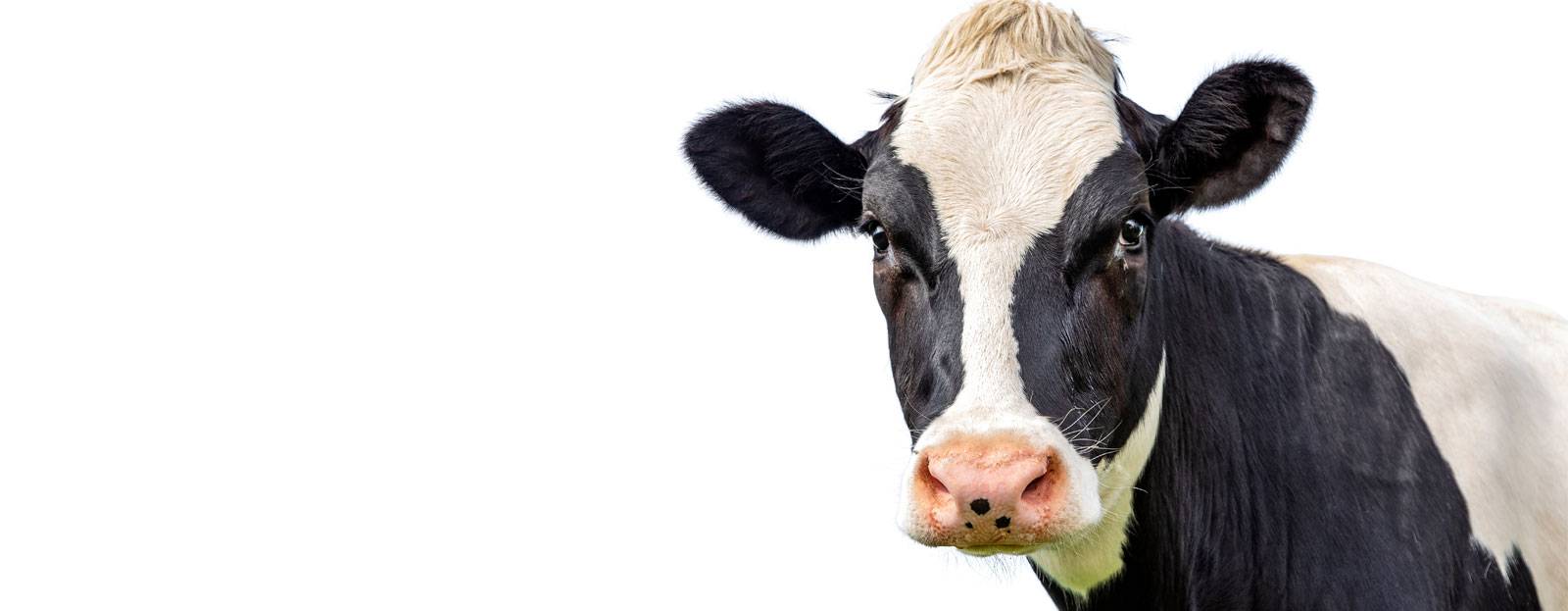
By Andrew Joseph, Editor
Even before the government-mandated decision to follow the plan created by the United Nations to reduce our greenhouse gas (GHG) emissions, Canadian agriculture was already interested in reducing emissions and sought ways to do it themselves.
Even now, with the federal decree that we reduce our GHG emissions by 30 percent by 2030 without anyone telling the ag sector how it should be done, Canadian ag continues to develop new technologies to resolve the emissions issue.
It has been calculated that about 14 percent of all Canadian GHG emissions are caused by livestock burping methane (CH4), which has 32 times more of a global warming impact than carbon dioxide.
While some scientists are looking at developing a new livestock feed as a means to reduce gas passing through livestock, other researchers are looking at animal genetics. And how about using both methodologies?
In this case, we aren’t talking about physical genetic manipulation at an atomic level; instead, we’re discussing the age-old farmer practice of selecting the best possible male and female options for an animal and breeding them to create a better creature.
The trick, unfortunately, continues to be determining how to choose a pair of animals to create the best-case low-gaseous offspring.
Researchers at the University of Guelph believe they have figured that out, relative to dairy cows, and have created a tool for national genetic evaluation that will help ag scientists worldwide build a better cow.
The research evaluation tool will allow breeders to select better low-methane dairy cows, which will, it is expected, help reduce GHG emissions without affecting milk production.
This research tool is being used on Canadian farms to estimate how much methane can be produced by the 700,000 or so registered dairy cows.
The new tool means breeders can now predict which cows will produce calves that, when fully grown, will belch out fewer GHG emissions but will continue to produce as much or more milk as current animals.
Dr. Christine Baes, Chair of the Department of Animal Biosciences at the University of Guelph’s Ontario Agricultural College, said that genetic identification to create methane efficiency in cattle breeding is a world first and a big win for food security and the environment.
While Canadian cattle are already quite feed-efficient, Dr. Baes explained that “this new evaluation will help us select the most environmentally efficient animals for breeding purposes.”
Combining that measure with genetic traits for feed efficiency—how effectively a cow turns feed into milk—Baes said it would enable farmers to contribute to maintaining a more sustainable dairy operation.
The addition of cows’ methane emissions—a genetic trait formally called methane efficiency—to dozens of genetic features routinely used in selecting cattle for breeding is a world first, Baes related.
Those traits are now part of genetic evaluations maintained by Lactanet Canada. Headquartered in Guelph, Ontario, Lactanet is a farmer-run organization serving Canadian dairy producers from coast to coast. It provides herd management and national genetic evaluations and is made up of 450 people dedicated to providing products and services to over 8,000 dairy farms nationwide.
It’s not just Canada—other nations are also working toward including methane efficiency in lists of breeding values for dairy cows along with conventional traits such as milk production, milk fat and protein content, and metabolic disease resistance.
The Guelph team published a paper in the Journal of Dairy Science in the autumn of 2022 that described how to predict methane emissions in dairy cattle using milk mid-infrared reflectance spectroscopy (MIRS).
Investigators working at the Ontario Dairy Research Centre in Elora, Ontario, and dairy research facilities in Alberta and Denmark have used MIRS to measure the amount of infrared light absorption in milk samples taken from almost 200 cows.
The Guelph team found that MIRS data could predict methane emissions and that matching milk samples with individual cows’ DNA samples would allow farmers to pinpoint which animals to breed for lower emissions.
By combining that measure with genetic traits for feed efficiency—how effectively a cow turns feed into milk—Baes said it would enable farmers to contribute to maintaining a more sustainable dairy operation.
Baes explained that Lactanet used the paper written by the research team to help them develop processes to apply to the national dairy herd.
The team’s research is part of the Resilient Dairy Genome Project (RDGP). This project seeks to enhance Canadian dairy industry sustainability by integrating genomic approaches to improve dairy cattle resilience.
The RDGP is led by Dr. Baes, Dr. Ronaldo Cerri of the University of British Columbia, Dr. Marc-André Sirard of Université Laval, and Dr. Paul Stothard of the University of Alberta, who all work together with over 30 co-investigators, collaborators, and end-users from more than 35 international partner organizations.
The RDGP was established in 2020 as a four-year, $12 million project that grew from the Efficient Dairy Genome Project that was begun in 2014 and led by other U of G researchers.
The Resilient Dairy Genome Project will integrate novel genetic traits for cow fertility, health, and feed efficiency into the national database held by Lactanet to help Canadian farmers and breeders.
Genome Canada will provide $4 million toward the project, and $3 million will come from regional genome centres: Ontario Genomics (including the Ontario Research Fund), Genome Alberta, Genome Québec, and Genome British Columbia.
It’s no secret that these genomic tools and technologies are driving the revolution of breeding healthier and more resilient livestock—an ideal situation for farmers, breeders, and consumers.
Baes said collaborations involving industry, governments, and academics are vital.
“In this project, we truly built that bridge together with industry.”
The Ontario Dairy Research Centre is owned by the Agricultural Research Institute of Ontario and managed by the University of Guelph via the Ontario Agri-Food Innovation Alliance.
The new methane emissions evaluations will be initially provided to owners of Holstein cattle involved in registration and herd testing—these animals make up the majority of Canada’s dairy herd. Other breeds will be included as more data is collected.
